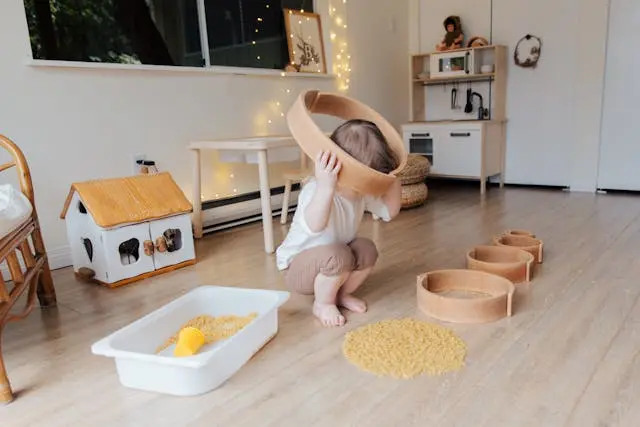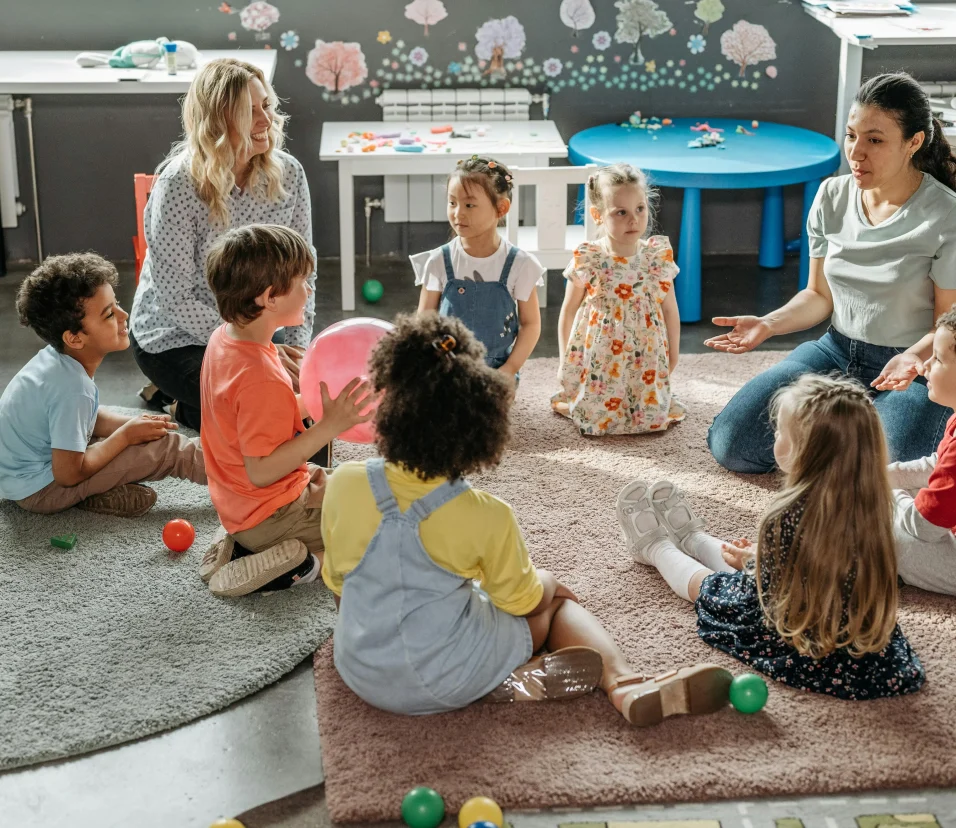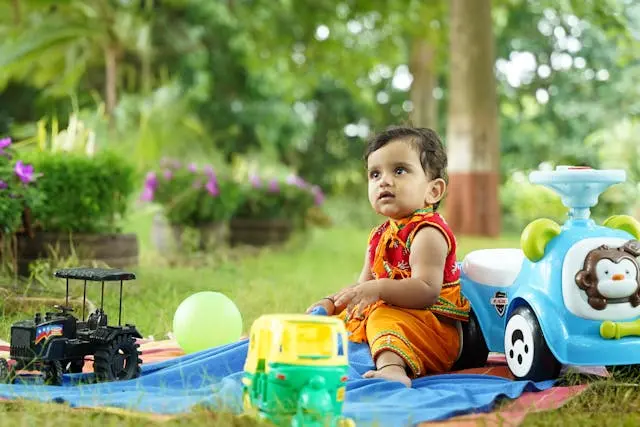Designing Sensory Play Areas for Kids: Tips and Implementation
As a mother and an educator, I can tell you that life with little ones is never dull. Imagine a day when your child is so engrossed in play that they forget to ask for snacks every five minutes. Sounds like a dream, right? Well, that’s where a well-designed sensory play area comes in. It’s a magical place where children can explore, learn, and grow—all while giving us parents and teachers a moment to catch our breath. I’m going to share my insights on creating and implementing these wonderful spaces, drawing from my experiences here in Singapore.
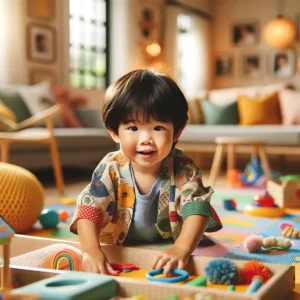
Understanding Sensory Play Areas for Kids
A sensory play area is a designated space filled with activities that engage children’s senses. These activities involve touch, sight, sound, taste, and smell, helping children explore and understand their world. For example, a sensory bin filled with rice or beans can provide endless opportunities for tactile exploration and imaginative play.
In Singapore, where space can be a premium, creating a playing area might seem challenging, but it’s entirely doable with some creativity. Sensory activities are particularly valuable in kindergartens, where hands-on learning is a key component of the curriculum. Exploratory activities for kindergarten, like water play or textured materials, support academic learning and help develop social skills and emotional regulation.
Design Principles for Sensory Play Areas for Children
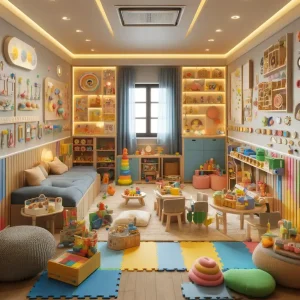
When designing a sensory play area, several key principles should ensure the space is safe and engaging.
Safety and Accessibility: The messy play area should be safe for children to explore independently. Ensure all materials are non-toxic, age-appropriate, and free from small parts that could pose a choking hazard. Additionally, the area should be accessible to all children, including those with special needs.
Age-Appropriate Materials and Activities: Tailor the materials and activities to the children’s age and developmental stage. For younger children, simple activities like water play or sandboxes are ideal. Older children may benefit from more complex tasks like building sensory bottles or engaging in sensory art projects.
Versatility and Adaptability: A well-designed sensory play area should be versatile and adaptable, allowing for various activities. This can be achieved by using modular furniture and storage solutions that can be easily rearranged to create different play scenarios.
Location and Layout: Choosing the right location for your sensory play area is crucial. Ideally, it should be in a quiet corner of the room, away from distractions but still within sight for supervision. The layout should be open and inviting, with clear pathways and designated zones for different activities.
Essential Components of Kids Areas Design for Sensory Play
To create an effective sensory play area, certain components are essential. Here are some ideas to get you started:
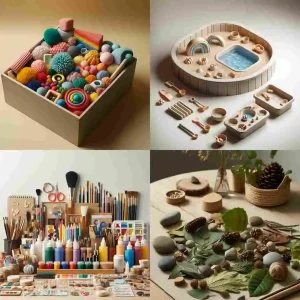
Sensory Bins and Tables: These are fundamental elements of any sensory play area. The bins can be filled with various materials such as sand, water, rice, or beans, providing a tactile experience that is both soothing and stimulating. Sensory tables offer a larger space for group activities and can be used for water play, sorting games, or building projects.
Textured Materials and Objects: Including a range of textured materials in your child’s playing area can help children develop their sense of touch. This might include fabric swatches, textured balls, sponges, and natural objects like shells and pinecones.
Water and Sand Play Stations: Water and sand play are classic sensory activities that never fail to engage children. These stations can be set up with simple tools like scoops, funnels, and buckets, allowing children to explore the properties of water and sand through pouring, measuring, and building.
Art and Craft Supplies: Art activities that involve different textures and materials can be a great addition to a sensory play area. Supplies might include finger paints, clay, playdough, and collage materials. These activities not only stimulate the senses but also encourage creativity and fine motor skills.
Natural Elements: Incorporating natural elements into your sensory play area can provide a calming and enriching experience. Plants, rocks, and water features can create a soothing environment that promotes exploration and connection with nature.
Implementation Strategies for Sensory Play Area for Kids
Setting up a sensory play area can be a rewarding project. Here is a step-by-step guide to help you get started:
Gathering Materials and Resources: Start by collecting the materials you will need for your sensory play area. This might include bins, tables, textured objects, art supplies, and natural elements. Look for items that are safe, durable, and easy to clean.
DIY Ideas and Budget-Friendly Tips: Creating a sensory play area doesn’t have to be expensive. There are many DIY ideas that can help you create a stimulating environment on a budget. For example, you can make your own sensory bins using plastic containers and fill them with inexpensive materials like rice or beans. You can also create sensory bags by filling ziplock bags with gel and small objects.
Organising and Arranging the Play Area: Once you have gathered your materials, it’s time to set up the sensory play area. Arrange the space in a way that is inviting and accessible to children. Create different zones for different activities, such as a water play station, a sensory bin area, and an art corner. Make sure there is enough space for children to move around freely and explore.
Maintenance and Cleaning Tips: Keeping your messy play area clean and well-maintained is important for the health and safety of the children. Regularly check the materials for wear and tear, and replace them as needed. Clean the area regularly, and ensure that all materials are stored properly when not in use.
.
Success Stories and Practical Insights
As both a preschool teacher and a mother, I have seen firsthand the impact a well-designed sensory play area can have on children’s learning and behaviour. One of the most rewarding experiences is watching children engage with the materials, discovering new textures and properties, and sharing their findings with their peers.
In my classroom and at home, we have several sensory stations that the children love. For example, a sensory bin filled with coloured rice and various scoops and containers provides countless opportunities for children to practice their fine motor skills, engage in imaginative play, and develop social skills as they work together to fill and pour the rice.
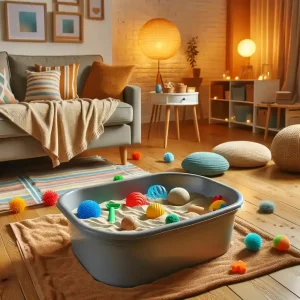
At home, we’ve set up a sensory corner in the living room. With a large plastic tub, some towels to protect the floor, and a variety of sensory items like kinetic sand, textured balls, and colourful pom-poms, my children can immerse themselves in sensory exploration. This setup is perfect for small spaces and allows them to enjoy sensory play while I’m nearby, cooking or working. The versatility of this setup means we can easily swap out the materials to keep the experience fresh and exciting.
Balancing play and learning at home can be challenging, but having a dedicated sensory play area makes it easier. It provides a structured environment where children can engage in meaningful play, while also giving me peace of mind knowing they are learning and growing.
Here are some tips for parents and educators on sensory play areas:
- Rotate the materials regularly to keep the sensory play area fresh and exciting.
- Encourage children to explore at their own pace and follow their interests.
- Use the sensory play area as a tool to support other areas of learning, such as language development and problem-solving skills.
Conclusion
Creating a sensory play area is a valuable investment in your child’s development. Whether you are a preschool teacher or a young mother, understanding the principles of design and implementation can help you create a space that is both engaging and educational. By incorporating sensory activities and exploratory activities for kindergarten, you can support your child’s learning and growth in a fun and interactive way. So, get started today and watch as your child discovers the wonders of sensory play!
Feel free to share your experiences and tips in the comments below. We’d love to hear how you’ve created your sensory play area and the impact it has had on your child’s development.
Written by: Maryam
Preschool teacher and expert in early childhood
BA Early Childhood Education with Psychology

